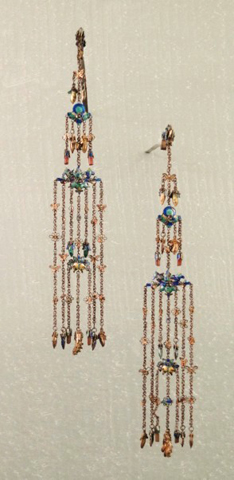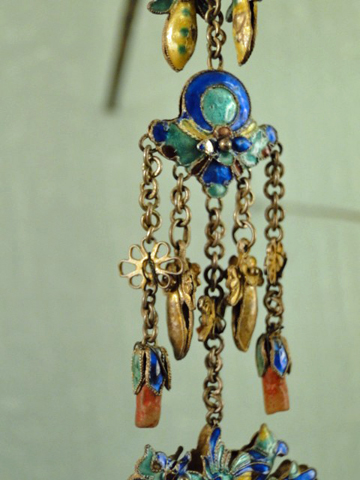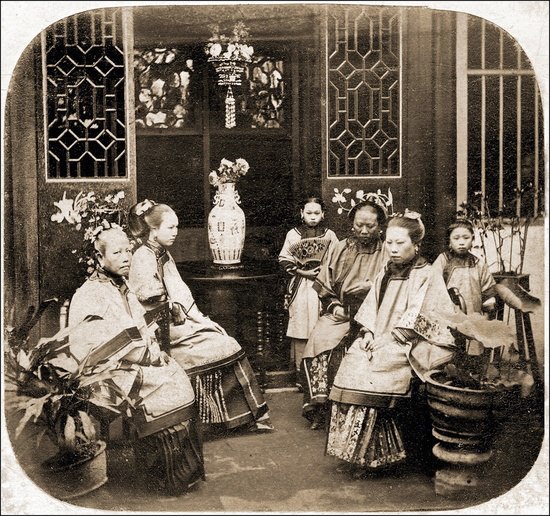I saw. I gasped. I wanted — so badly, silent screams came from secret parts of my body.

In 1644, the Aisin-Goro clan of the Tungusic Jurchen people from Manchuria (now Northeast China) conquered the Han Chinese in the South. The Ming Dynasty gave way to the Qing Dynasty. These are Qing Dynasty silver hair pins made during the reign of the Guangxu emperor Aisin-Gioro Zaitian (1875 – 1908). He was the Dynasty’s 11th and penultimate emperor.

Beautifully preserved enamel encases coral drops. Hand-crafted butterflies and flowers punctuate the chains. The pair is in original condition.


The auction on E-bay started at $0.99. I watched as the price climbed to $300, 18 hours before auction end: 26 bids. I knew it was going to go, and I couldn’t enter that shock-and-awe $1000 snipe bid to win.

But I was wrong. Someone DID put in that nuclear snipe bid, and they lost! The hair pins sold for $1025 on March 25, 2013, to the 37th bidder. Congratulations.
कंघी
For more scholarly research, please examine the Creative Museum’s Asian comb exhibition, Gina Hellweger’s first and second Chinese hair ornament collections,
this 1860 photograph of women in Guangzhou wearing hair ornaments, contributed by Alain Truong Trong Nghia

and these books:
 Kingfisher Blue: Treasures of an Ancient Chinese Art |
 The Comb: Its History and Development |
 Ethnic Jewellery and Adornment |

Interesting story, Barbara!
Thank you most kindly. :-)
Your article on Chinese hair pins is timely for me. When cleaning out my mom’s house, I found a pair of beautiful hair combs she noted in a log book that she had bought at a Chinese antique store in the 1940’s. How can I find out more about them?
Photos are on my flickr site: http://www.flickr.com/photos/52830021@N08/sets/72157634705355775/
They are stunning and in excellent condition. Keep them under glass. Thank you so much for writing in.
Have you seen anything like these Dragon Hair Pics? I can’t find anything even remotely related to show whether it is historically accurate or not. The closes I’ve found is chopstick rests. Please tell me if you know anything about this set. Were they made for the Year of the Dragon 2012? Thank you for your consideration. Ja
http://www.rubylane.com/item/783243-HP-00021/Ex78quisite-Pair-Chinese-Golden-Dragon
I have seen hair pins with a gold design on a dark stick, but they were from Africa. These might be Chinese, but one of my authors feels they are from 1980, and were made for European customers. They are lovely though. If you like them, wear them, but I am not sure they would be a “collector’s” item.